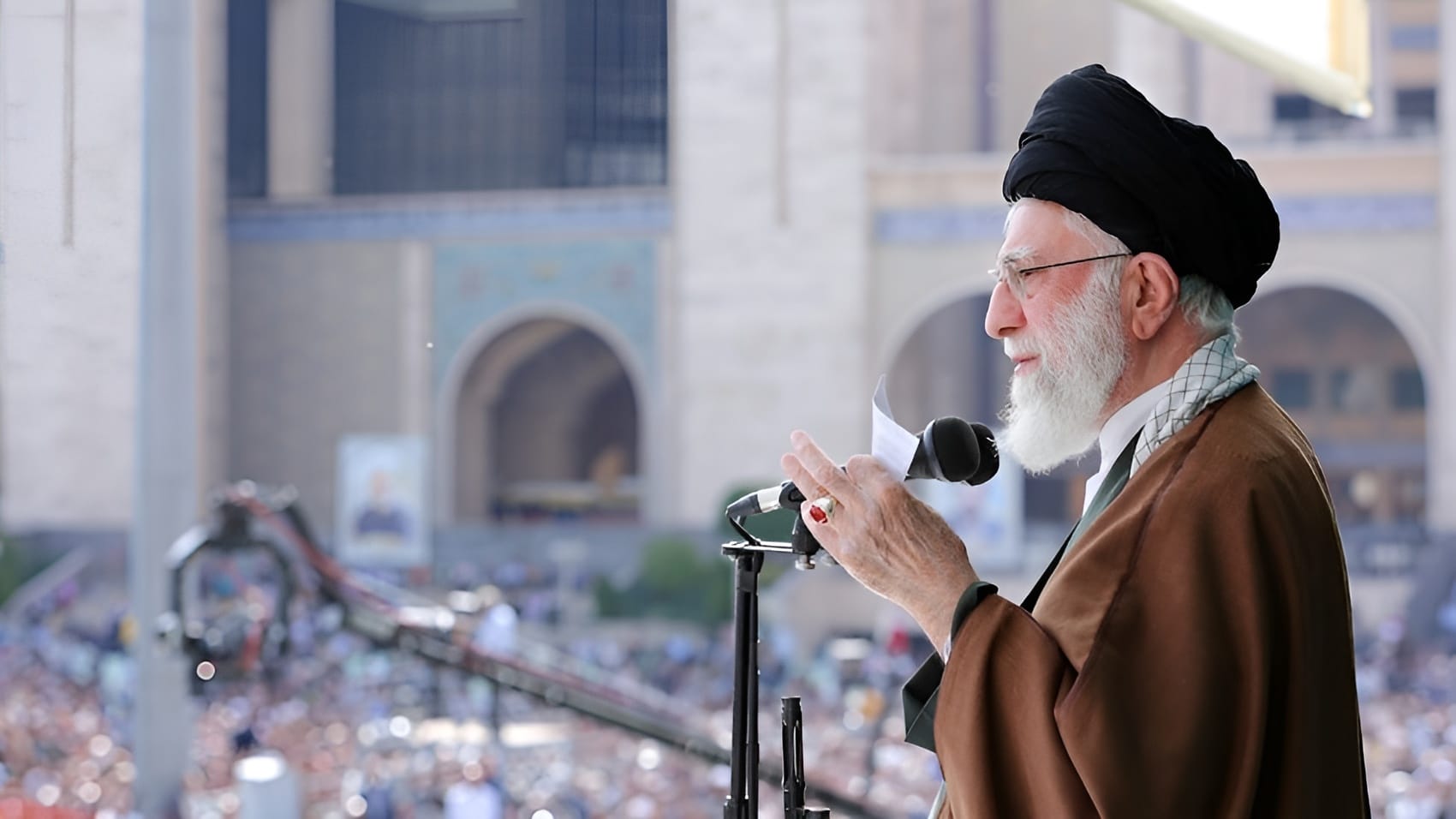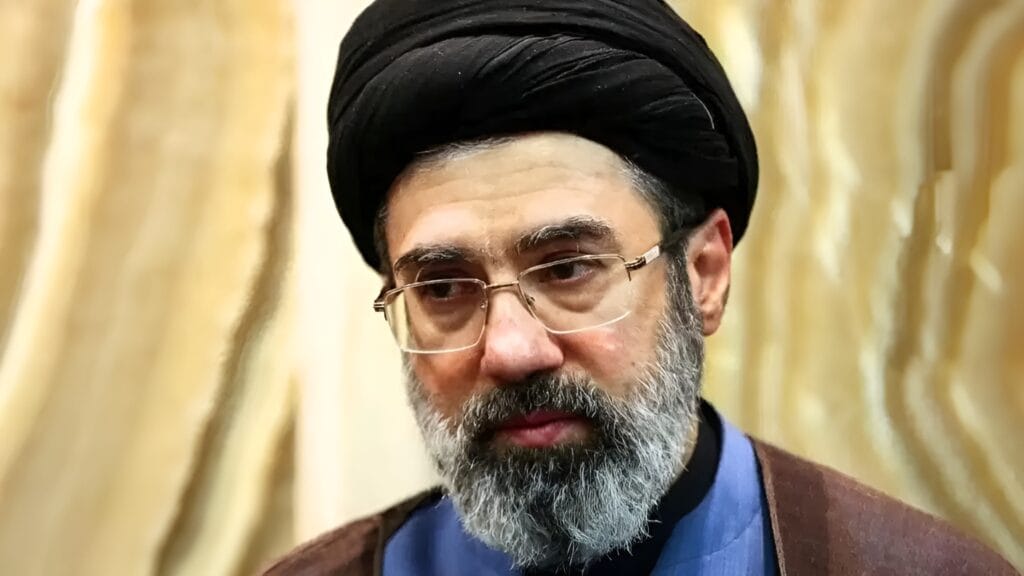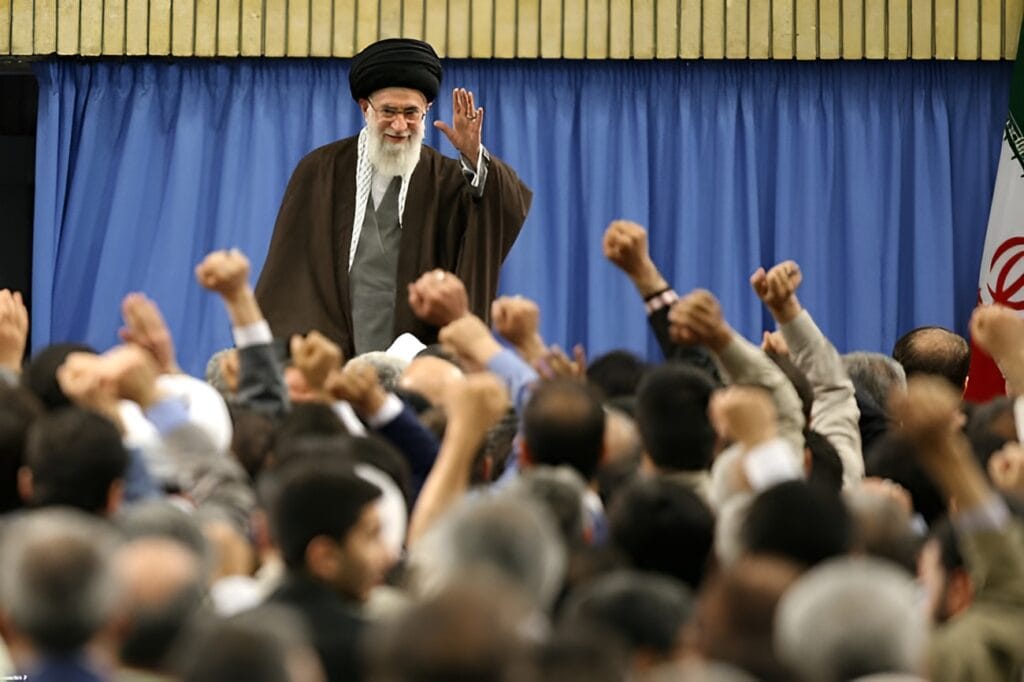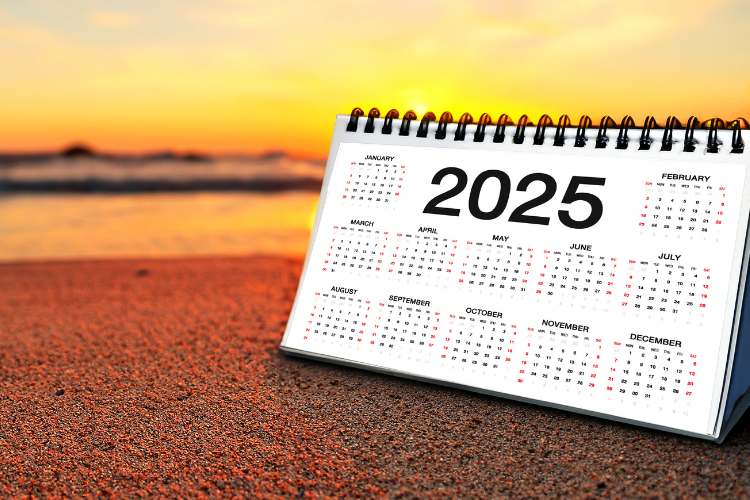
Ali Khamenei’s Health Crisis: What It Means for Iran’s Leadership and Future
Ali Khamenei: Health Crisis and the Uncertain Future of Iran’s Leadership
Iran’s Supreme Leader, Ali Khamenei, is at the center of global attention amid reports of a serious health crisis. Speculation about his condition and the potential succession has sparked significant discussions within Iran and across the international community. Here’s an in-depth look at the situation and its implications.
[DNA , News X, Themedialine]
Khamenei’s Current Health Condition
Recent unverified reports suggest that the 85-year-old leader is in critical health, with some sources claiming he is in a coma. While official Iranian channels have remained silent, the lack of public appearances by Ali Khamenei has fueled rumors about his deteriorating condition. These developments have reignited debates about succession in a nation where the Supreme Leader holds unparalleled authority over state affairs, military forces, and religious leadership.
The Role of the Supreme Leader in Iran
Ali Khamenei has held the position of Supreme Leader since 1989, following the death of the Islamic Republic’s founder, Ayatollah Ruhollah Khomeini. As the ultimate authority, Khamenei’s decisions shape domestic and foreign policies, including Iran’s controversial nuclear program, relations with Western powers, and alliances with regional entities such as Hezbollah and the Syrian government.
The Supreme Leader wields influence over the Islamic Revolutionary Guard Corps (IRGC), the judiciary, and media outlets, consolidating unparalleled control over Iran’s political and religious landscape.
[DNA , News X, Themedialine]
Potential Successor: Mojtaba Khamenei

Amid the uncertainty surrounding Ali Khamenei’s health, attention has shifted to his second son, Mojtaba Khamenei. Born in 1969, Mojtaba has long been a prominent figure within Iran’s elite circles. His ties to the IRGC and his significant role in overseeing the Basij militia have positioned him as a strong candidate for succession.
Mojtaba has also developed close alliances with conservative clerics, increasing his influence within Iran’s religious establishment. Critics argue that his potential ascension reflects a dynastic consolidation of power, a significant deviation from the original principles of the Islamic Revolution.
Challenges to the Succession Process
The transition of power in Iran is a highly complex process involving multiple entities, including:
- The Assembly of Experts: An 88-member body responsible for selecting the next Supreme Leader. The assembly’s composition heavily favors conservative factions aligned with Khamenei.
- The IRGC: The powerful military organization is expected to play a decisive role in the succession. Its loyalty to Mojtaba Khamenei could tip the balance in his favor.
- Public Sentiment: Iran has faced growing domestic unrest, with citizens expressing frustration over economic hardship, political repression, and human rights abuses. A contentious succession could exacerbate tensions and trigger protests. [DNA , News X, Themedialine]
Regional and Global Implications

The Supreme Leader’s health crisis and the question of succession come at a time of heightened tensions in the Middle East:
- Nuclear Negotiations: Khamenei’s absence could stall talks over Iran’s nuclear program, further straining relations with Western powers.
- Regional Alliances: Iran’s support for groups like Hezbollah, the Houthis, and Shiite militias in Iraq could face disruption, affecting the balance of power in the Middle East.
- Geopolitical Rivalries: A leadership vacuum in Tehran may embolden regional rivals like Saudi Arabia and Israel to assert greater influence in the region.
What’s Next for Iran?
The lack of transparency from Iranian authorities has left the world speculating about the future. If Mojtaba Khamenei ascends to power, his leadership style and policies will likely shape Iran’s trajectory for decades to come. However, challenges from reformist factions, international pressures, and domestic unrest may complicate the transition.
Conclusion
Ali Khamenei’s health crisis marks a pivotal moment in Iranian history. As the nation braces for potential changes at the highest level of power, the decisions made in the coming weeks and months will have far-reaching consequences for Iran’s domestic stability, regional influence, and global relations.
Stay updated with Daily Foresight for the latest insights and analysis on this unfolding story.



